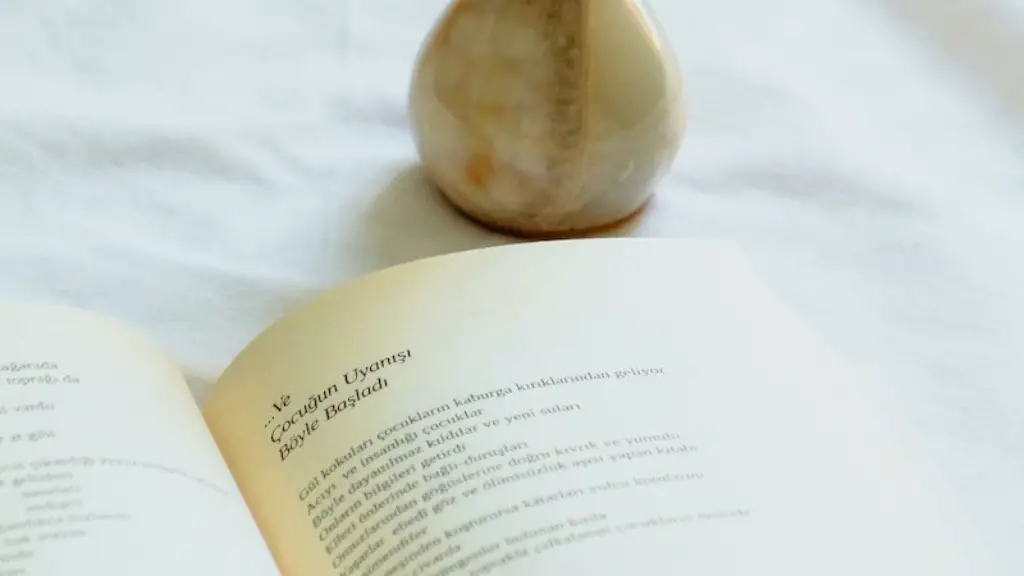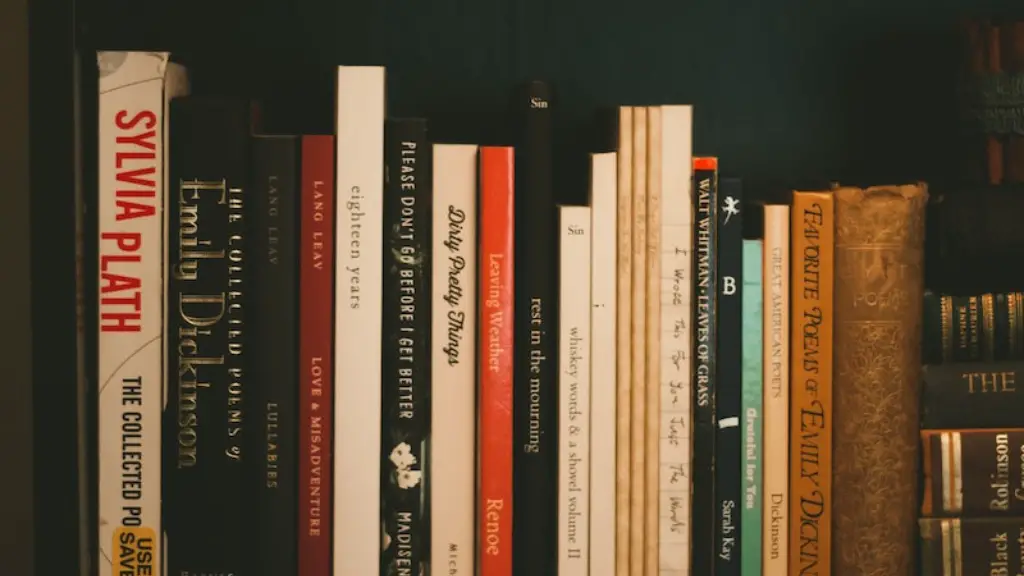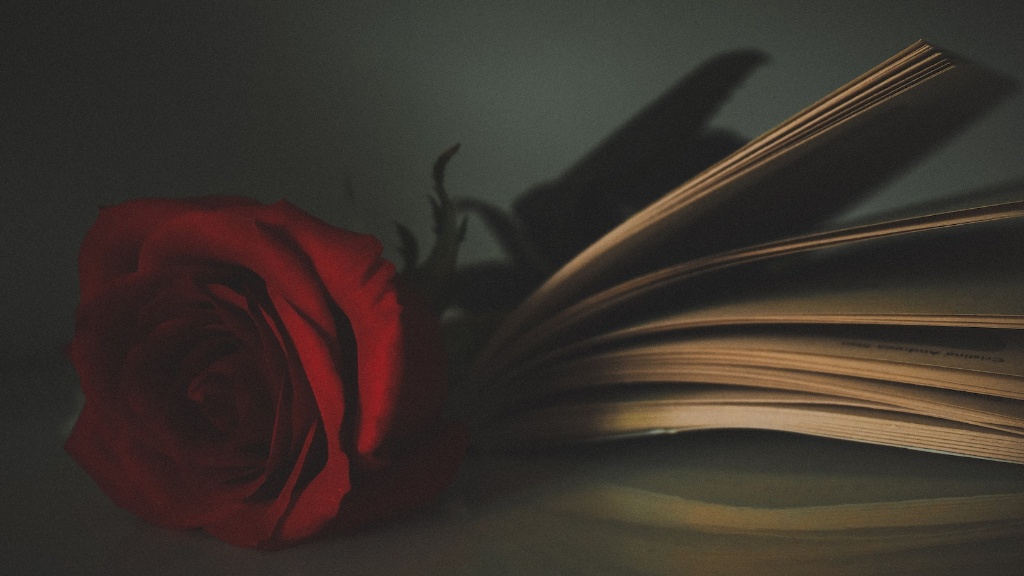How to Write Beautiful Poetry
Writing beautiful poetry requires a special kind of imagination, an artistic eye for the written word, and a deep understanding of the power of emotion. It involves combining words in creative ways that evoke feelings within readers, as well as painting stunning visual imagery that transports them to another place. It is not something that just anyone can do, but with enough dedication and practice, anyone can learn how to write beautiful poetry.
The most important thing to do when starting to write poetry is to read as much poetry as possible and to study the use of language, rhythm and metre. Reading the works of experienced poets will help to provide inspiration and give an understanding of the subtle complexities of the craft. It is also important to keep a journal or diary to document ideas and stimuli thought up during the day. This can then serve as a repository for ideas when it comes time to write.
Once inspiration strikes and you are ready to craft a poem, it is important to have a solid structure for it. Starting with a few notes in blank verse is a good way to ensure that the poem will have a strong rhythm and flow. Once the rhythm is set, there is more freedom to play with alliteration, imagery and metaphors. Being aware of line breaks and stanzas will help the poem to have a more powerful impact.
When writing poetry, imagery is a powerful tool that can be used to create beautiful and captivating words. Imagery can be found in the natural world and in any ordinary daily activity. By contrasting sensory details, textures, and feelings, an image can be formed that readers can visualize and explore. Another element to consider when crafting poetry is the use of personification. This is a technique used to make abstract ideas more concrete and to help the reader relate to the idea in the poem.
It is also important to remember that each poem should have a unique voice and its own story. Often, poets use their own personal experiences as a source of inspiration for their work. This makes the poem more relatable and adds an emotional layer that evokes readers to engage more deeply.
Finally, the structure and layout of the poem must be taken into consideration. Writing a poem that is different from the standard format is a great way to make your poem stand out. However, it is important not to get too carried away because it still needs to be structured and easy to read.
Be True To Yourself
When writing a poem, it’s important to stay true to oneself. Being creative and staying open to possibilities are essential components of crafting a beautiful poem. Don’t let expectations of society or others dictate the way the poem should be written. It is important to stay true to oneself and to take chances with words and phrases.
At the same time, it is important to remain humble and open to criticism. Writing can sometimes be a painful process, and although it is important to be proud of one’s work, constructive criticism is essential for growth. Seek critiques from friends and family members and learn to accept both positive and negative feedback.
Rewrite and Revise
The poem should be consistent in its physical appearance, as this will help to make it easier to read and engage with on a deeper level. Revising the poem to make it flow better or change the structure can drastically improve the beauty of the poem. At the same time, it is important to clarify or simplify any confusing passages to make them easier to understand.
Revising the poem is also a great tool for learning and understanding how to write better. The author can read the poem out loud and note down any mistakes, such as misused words or incorrect use of grammar. Rewriting the poem to correct these errors is the fastest way to learn and is also essential for making the final poem a true masterpiece.
Keep Practicing
The final tip for writing beautiful poetry is to keep practicing. Poetry requires constant practice and dedication. Writing consistently in order to keep one’s skills sharp and ideas fresh is the best way to guarantee success. Reading and analyzing new poetry also helps with dealing with writer’s block. The more poems one reads, the better they will be at writing their own pieces.
Writing beautiful poetry doesn’t come easily and can be a daunting process. But with the right amount of dedication and guidance, beautiful poetry is within reach. Reading, analyzing, and rewriting is an essential part of the process, and with enough practice and patience, anyone can learn how to write beautiful poetry.
Learn From Expert Poets
Learning from experienced poets is a great way to continue one’s growth as a writer. Reading their works and seeing the techniques they use can give a lot of insight into the craft of poetry. These poets have a lot of knowledge and experience that can help the beginner to intermediate level writer. One can attend workshops, poetry readings and seminars to gain knowledge and skills from experts. Watching the way that the poems are crafted by these poets will give more insight into the workings of a poem and how to write beautiful poetry.
Poets will often give readings of their works and will explain their process as they go. This is a great way to become more familiar with the elements of a poem and to understand how they are all combined. Asking questions after their readings can also give even more insight. Poets will often share their experiences, which can be invaluable for someone looking to learn how to write beautiful poetry.
Create Your Own Metaphors
Another way to learn how to write beautiful poetry is to create original metaphors and similes. Metaphors and similes are used to create vivid images in the reader’s mind that lead to powerful emotions and experiences. Crafting metaphors and similes is a fun way to learn how to effectively use language and evoke powerful emotions in the readers. Coming up with original metaphorical language can take time and practice, but by reading, analyzing, and rewriting, mastering this skill can become easier.
Metaphors and similes can also be used to build bridges between seemingly unrelated subjects and ideas. By analyzing previously written works and experiences, one can create personal connections between words and phrases. Through this personal connection, poems can be written that reflect the author’s own personality and evoke more emotion in readers.
Conclusion
Writing beautiful poetry is a complex art form that requires dedication and practice. Reading works of experienced poets, keeping a journal, and attending workshops are great ways to start learning how to write beautiful poetry. As one continues to practice and gain knowledge, they will begin to understand how to craft powerful images, metaphors, and similes that create a unique and powerful voice. As one continues to practice, they will also begin to identify which elements make a poem truly beautiful.




